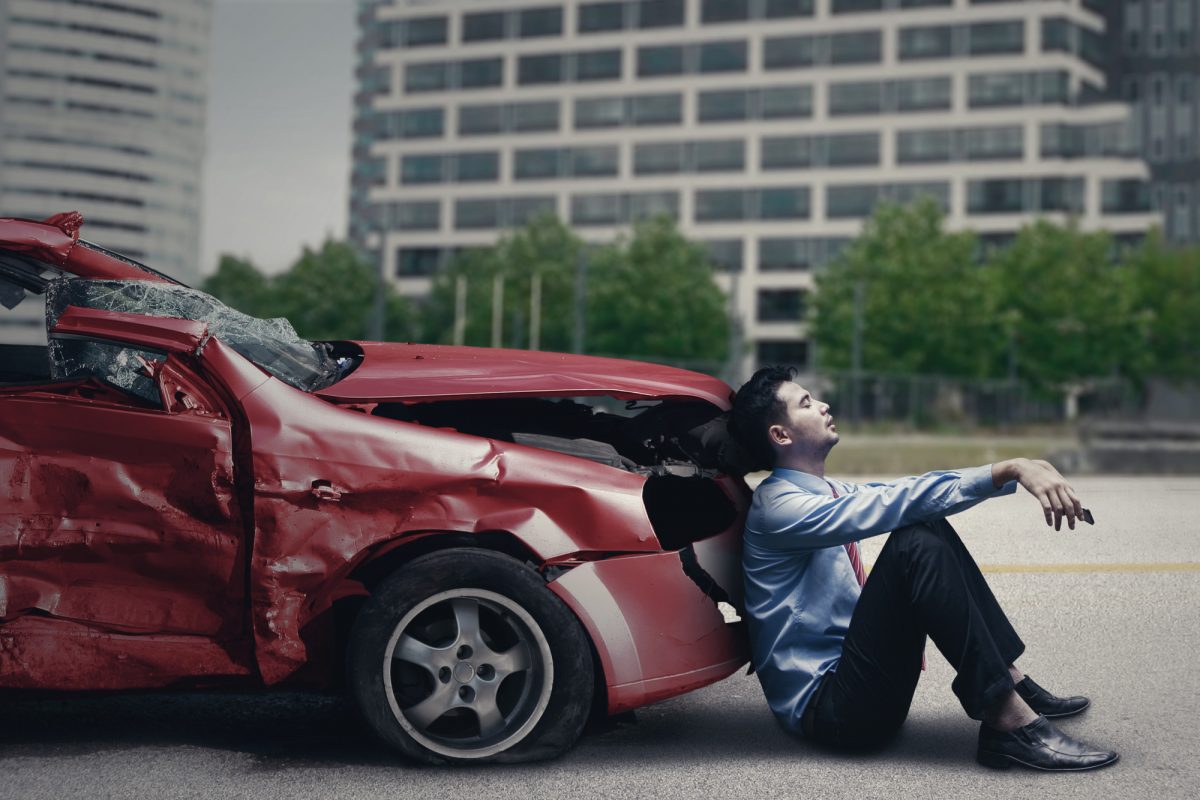
You’re on your way home from work when you’re in a sudden automobile accident. You’re fine other than some scrapes and bruises but your car is totaled. How are you supposed to get to work during the week now?
If the accident was not your fault then you’ll be able to be compensated so you can get your car fixed or get another one. You’ll get this compensation either from your defendant’s insurance company or yours.
To give you a little bit more information about how you’ll be covered for your car damage so you can get back on the road, here is a complete guide.
If It’s Someone Else’s Fault
If the accident was the fault of another person then by right, you should be covered for the damages to your car. On top of this, you should also be able to get compensation if any of your personal belongings were damaged.
Note that you can also get compensation for your belongings if they are damaged. But, you won’t be able to get anything for them if they were stolen from the scene.
Coverage Under the Defendant’s Insurance
If the other driver’s insurance decides that they are responsible for the incident then they will pay toward fixing the damages. The problem is if you need your car to get to work.
These insurance companies can sometimes take weeks to decide if the other driver is responsible. So you could be without your vehicle for a bit.
Coverage Under Your Insurance
If you need to get your car fixed in a timely manner, then you should dip into your own insurance policy to get the repairs done.
What will happen is you’ll have to pay a deductible. You’ll be able to get this money back if the other driver’s insurance decides to pay up.
Even with that, this may be your best option. You’ll be able to get your car fixed fast so you’ll have to pay for another way to work less.
If the Other Driver Doesn’t Have Insurance
Even if the other driver doesn’t have insurance of any kind you can still get coverage. You should be protected under the uninsured motorist part of your policy.
There is a downside. Depending on the type of accident you were in, you may have to pay some kind of deductible.
Who is Going to Pay for Your Car Damage Repair?
When you’ve been in an accident the last thing you want to worry about is paying for your car damage. The good news is that if the accident wasn’t your fault at all, you won’t have to.
Use this guide so you know what compensation you can get and who will be paying for it. Give yourself a little peace of mind.
Have you gotten your compensation and are ready to get your car repaired? Contact us for more information.

